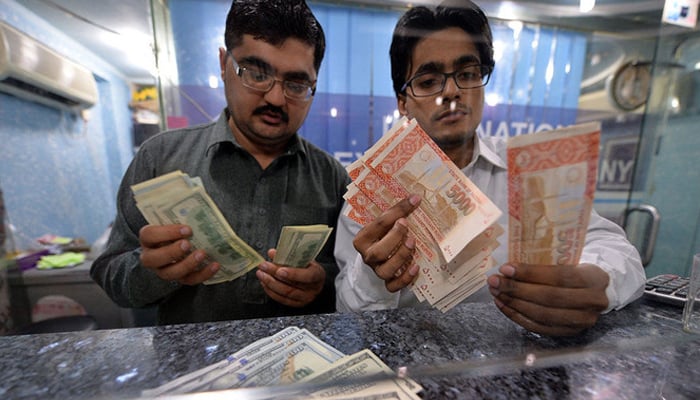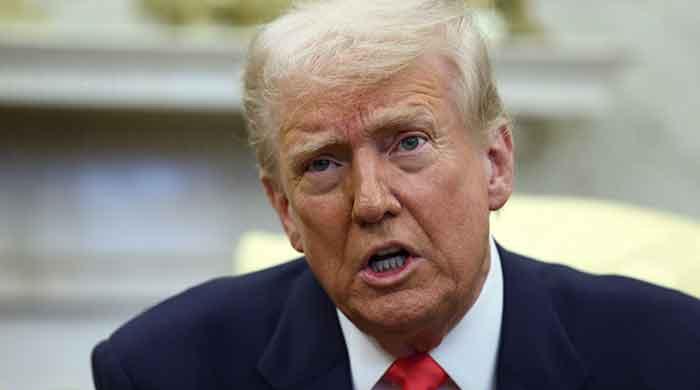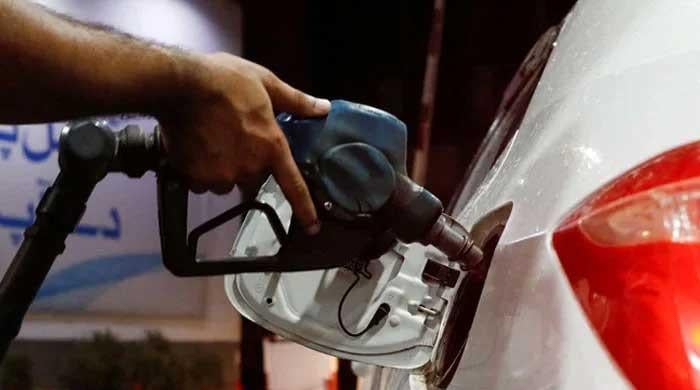How will the Pakistani rupee perform next week?
Traders expect Pakistani diaspora to send remittances to the country to buy sacrificial animals ahead of Eid-ul-Azha
July 11, 2021

- Traders expect Pakistani diaspora to send remittances ahead of Eid ul Azha.
- In interbank market, rupee fell by Rs0.99 % against dollar this week.
- Rupee behaved quite cautiously this week despite importers and companies demostrating a strong demand for US dollar.
KARACHI: The Pakistani rupee is predicted to remain range-bound against the US dollar during next week's trading with inflows from remittances ahead of Eid-ul-Azha, which traders said will balance the demand from importers.
“We expect the Pakistani diaspora to send remittances back home to buy sacrificial animals, which will provide some relief to the rupee," a foreign exchange trader with a leading bank told The News.
The trader, according to the publication, said he expected an increase in remittance inflows would likely offset the impact of higher oil prices and keep the local unit stable in the coming week.
The increase in the country’s foreign exchange reserves — owing to the receipt of $1 billion loan from China and $400 million from the World Bank — may have helped ease some of the burdens from the market, according to traders.
The exchange rate of 160/dollar looks like a critical resistance level and most market participants say the central bank will strongly defend this figure.
A recent statement by the State Bank of Pakistan (SBP) governor that negotiations with the International Monetary Fund on the sixth review of its $6 billion loan programme were going smoothly and could also shore up market sentiment.
The rupee’s direction may be misty but it seems that the SBP would avoid any surprise moves and that any movement will be very gradual.
In the interbank market, the rupee fell by Rs0.99 or 0.62% against the dollar this week. It closed at Rs158.18 per dollar on Monday and concluded the week by ending at Rs159.17.
The rupee behaved quite cautiously this week, despite having strong dollar demand from importers and companies.
The fourth-quarter FY2021 carry forward import payments and reparation of profits and dividends from multinational firms to their headquarters overseas surged the demand for the greenback in the market, putting pressure on the rupee.
The flight of capital by foreigners also exerted pressure on the domestic currency. There has been a net outflow of $10 million from the stock market and an outflow of $23 million from the bond market in July to date, according to data on Special Convertible Rupee Accounts.
Some traders see a correction in the rupee is unlikely at this point and it could weaken to Rs162 by the end of September as imports may pick up further.
The rupee lost ground in recent days on the back of surging import payments.
Imports rose 26% to $56.1 billion in the last fiscal year of 2020-21.
The rise in imports is attributed to the pickup in economic activity, increase in machinery imports, and spike in international commodity prices.
Imports are expected to increase further this fiscal year as the government has set a growth target at 4.8%. However, exports are unlikely to keep pace with the imports.
Exports rose 18.2% to $25.2 billion in July-June FY 2021. However, strong forex reserves and inflows from Eurobonds could be positive triggers for the rupee in the near term.
Pakistan’s forex reserves reached near an all-time high of $24.41 billion as of July 2. The central bank’s reserves stood at $17.2 billion.
Analysts expect the potential inflows from the sale of 5-, 10- and 30-year tenors Eurobond in the international capital markets will provide a relief to the country’s foreign exchange reserves.
Pakistan is eyeing to raise $2-3 billion via Eurobonds transaction.











